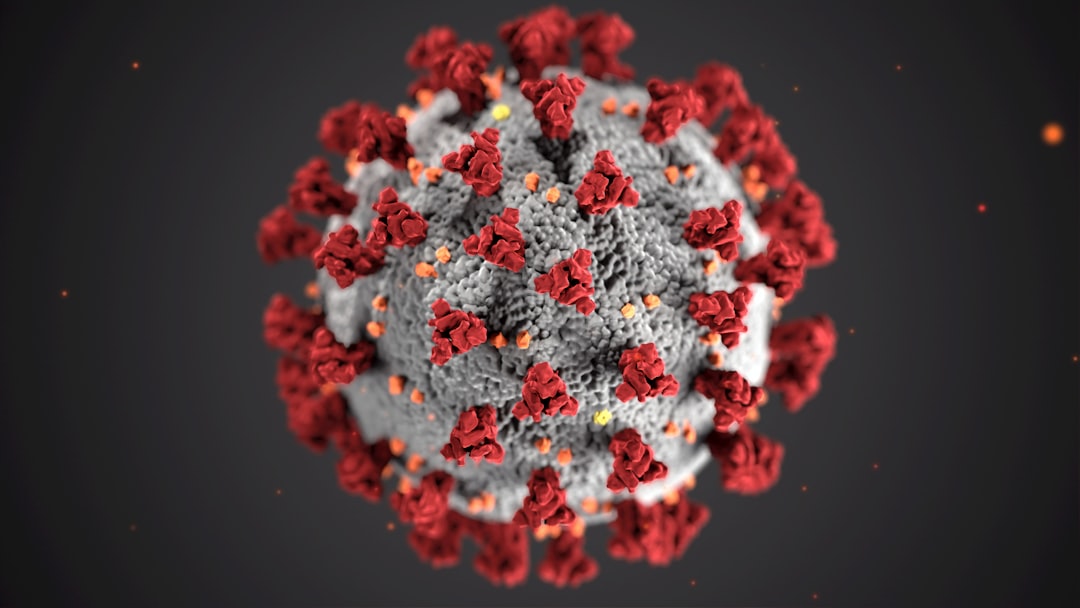What is it about?
Ultrafast laser induced thermionic emission from metal surfaces has several applications. Here, we investigate the role of laser polarization and angle of incidence on the ultrafast thermionic emission process from laser driven gold coated glass surface. The spatio-temporal evolution of electron and lattice temperatures are obtained using an improved three-dimensional (3D) two-temperature model (TTM) which takes into account the 3D laser pulse profile focused obliquely onto the surface. The associated thermionic emission features are described through the modified Richardson-Dushman equation, including dynamic space-charge effects and are included self-consistently in our numerical approach. We show that temperature-dependent reflectivity influences laser energy absorption. The resulting peak electron temperature on the metal surface monotonically increases with the angle of incidence for the P polarization, while for the S polarization it shows the opposite trend. We observe that thermionic emission duration shows a strong dependence on the angle of incidence and contrasting polarization dependent behavior. The duration of the thermionic current shows strong correlation to the intrinsic electron-lattice thermalization time, in a fluence regime well below the damage threshold of gold. The observations and insights have important consequences in designing ultrafast thermionic emitters using a metal based architecture.
Featured Image

Photo by Paolo Bendandi on Unsplash
Why is it important?
Highlights • Ultrashort laser controlled thermionic emission is investigated spatio-temporally. • Implements 3D two-temperature model, dynamic material properties and space charge. • Reveals the correlation of emission duration and electron-lattice thermalization time.
Perspectives
Thermophotovoltaic power generation has recently achieved significant gains in efficiency under conditions of high emitter temperatures, and the device sometimes uses a reflective metal–dielectric structure. Such approaches have significant implications for applications in energy harvesting. Moreover, thermionic emission based high temperature solar converters, and thermionic energy converters also use metal based architectures. Nonetheless, all these investigations are usually carried out under steady state thermal conditions. Ultrashort laser induced thermal management and the ensuing thermionic control would add dynamical aspects to these measurements, which would potentially unravel new information boosting our current understanding on these topics in applied surface science. The methodology and the results presented in our study would additionally benefit the interpretation of the results from and the design of such experiments.
Subhendu KAHALY
Extreme Light Infrastructure Hu Nonprofit Ltd
Read the Original
This page is a summary of: Tunable ultrafast thermionic emission from femtosecond-laser hot spot on a metal surface by control of laser polarization and angle of incidence: A numerical investigation, Applied Surface Science, January 2024, Elsevier,
DOI: 10.1016/j.apsusc.2023.158668.
You can read the full text:
Resources
Contributors
The following have contributed to this page










